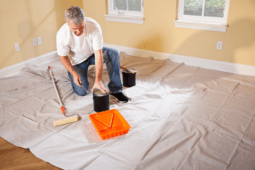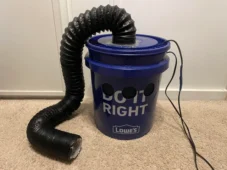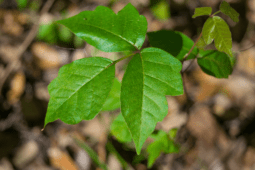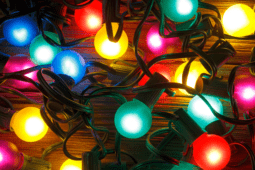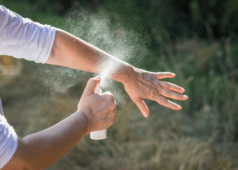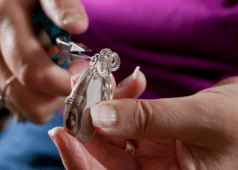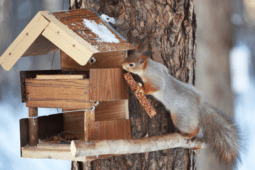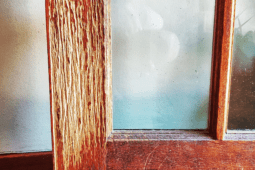How to Clean Concrete in 4 Simple Steps
Concrete is a versatile, durable, affordable material that is used in construction projects of all kinds. While we tend to think of concrete for outdoor spaces like patios and walkways, having concrete flooring is also quite common.
And like any other kind of flooring, they are susceptible to dirt and grime. The good news is that there is a way to keep that concrete looking bright and new. For indoor spaces, baking soda, white vinegar, and even laundry detergent will work just fine. For outdoor spaces, power washers are a great tool to have at your disposal.
Difference Between Cleaning Indoor and Outdoor Concrete
Before you can worry about how to clean concrete, you first have to assess what kind of surface you are working with. Outdoor concrete, typically patios and walkways, tends to be a bit rougher and stronger in order to hold up to the elements.
Indoor concrete, meanwhile, can typically have a much smoother finish. Both are strong and durable as a material, but both can also get quite dirty easily. If you can keep regular cleaning habits, there should not be issues with spots and stains.
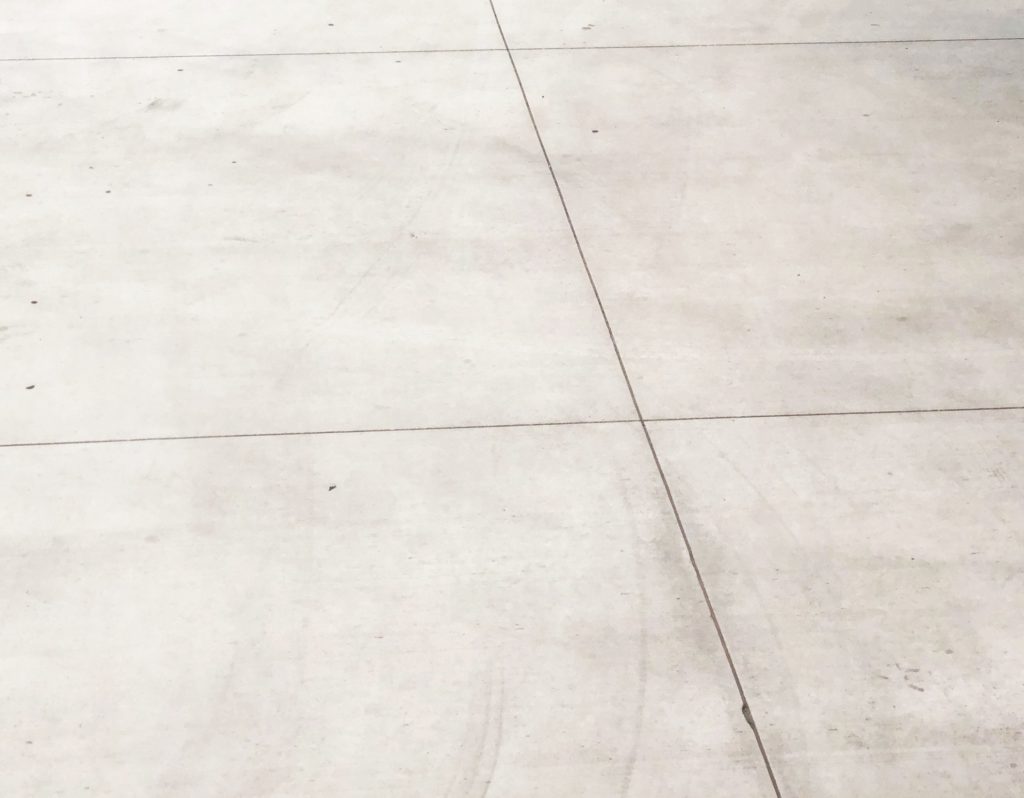
How to Clean Concrete
We will get into the way to effectively clean concrete, be it indoors or out. Preventative maintenance goes a long way here. If you see any dark or dirty spots, try to get to them sooner rather than later to make cleanup easier on yourself.
Also, do not use a pressure washer in the house. There is just too much that can go wrong and a lot of splashing as a result. It will make for a far larger mess than the one you started out with.
Step 1: Get the Right Tools
Before you begin, you have to have the right tools for the job. The good news is that most of this stuff can be found in the average household and whatever can’t be, can be had for cheap. You can use white vinegar, baking soda, a broom for debris pickup, a spray bottle to distribute your cleaner and a stiff brush for scrubbing.
There are some special concrete cleaners out there as well. If you think that is a route you may want to go, just be sure to check the label on the back first. It will tell you when you can and cannot use these cleaners as well as step-by-step instructions on how to use them.
Step 2: Getting Up Dirt
There is a good chance that there is loose dirt and debris all over the concrete, be it inside or outside. What kind of debris depends on whether you are cleaning an indoor or outdoor space. Outside, you are likely to contend with things like leaves, mulch, and more. Inside may be a little easier.
Just make sure that you sweet up any loose debris. When you clean, if there is debris on the ground, you may wind up essentially rubbing the debris into the concrete, which doesn’t really accomplish anything. If you have a vacuum cleaner, that may be the best option. That way, you can vacuum up the debris in the cracks as well.
Step 3: Treating Stains
Depending on the severity of the issue, there may or may not be stains on the concrete. This is more than likely to happen outside, be it oil or other fluid from a car, liquid drippings from the garbage, or something else entirely.
If you have stains to treat, the best way to do so is with water and liquid laundry detergent. Pour your mixture directly over the area, scrubbing at the stain with a nylon brush. You want to try to avoid wire-bristle brushes since the metal can potentially scratch up the concrete.

When you are confident that the stains are done for rinse with water and let it air dry. That said, there is a decent chance that the stains will not go quietly. You can boost your soap and water concoction with a little bit of white vinegar or even baking soda. Just make sure to scrub with your brush and rinse thoroughly when completed.
Step 4: Treating Mold, Mildew and Water Stains
You are more than likely going to find this issue in basements since it is underground, home to ideal conditions for mold and mildew. It is cooler and there is a lot less light available, meaning you could be contending with these nasty growth spores sooner or later.
Start by opening up windows if you can. Getting the air circulating and then using a mold-killing detergent/water mixture. Scrub the area down thoroughly using a brush and then clean the area using a mop.
If you don’t care about discoloration or think you are facing a particularly strong case of mold, use a solution of bleach and water instead. The bleach should be strong enough to eliminate the mold and keep it from coming back anytime soon.
Cleaning Concrete Outdoors (Patios & Driveways)
While the surface may be the same, there are different blends and mixtures of concrete to consider. Not only that, the conditions outside are quite different from concrete indoors. That means different cleaning techniques are available for outdoor cleaning.
Step 1: Pressure Washer
If you have access to a pressure washer, it can become your friend for a lot of reasons. A pressure washer is a great way to remove tough stains, built-up dirt, grime, and other substances that can become stuck to concrete surfaces.
Pressure washers need to be used carefully, though. While they should not do any damage to driveways, patios, and sidewalks, you never know. Start by using a test patch to ensure that there will not be an adverse impact from the pressure washer.
Make sure that you are aware of any foliage in the area as well. Avoid spraying grass, plants, and trees as the pressure of the washer can be enough to damage and even uproot those things.
Step 2: Dealing with Rust Stains
Typically speaking, old vehicles or other items made of metal, can and will rust over time. That rust can slough off and find itself on the concrete. If allowed to sit there, it won’t take long before the rust ingratiates itself into the concrete.
While a pressure washer may help here, the best bet for rust is to use white vinegar. Pour white vinegar onto the stain directly. Give the vinegar about 20 or so minutes to work at the area before using a stiff-bristled brush to scrub it off.
Rinse with water and let dry where needed. Repeat as many times as you need to in order to get the stain up. For serious rust stains, an industrial rust remover may be required but vinegar and a power washer should get the job done.
Step 3: Oil and Grease Stains
One of the most common issues in driveways and garage floors is oil. People like to work on their cars in these areas and oil, as well as other substances, can get on the concrete. If left unchecked, the oil will most definitely stain your concrete.
Start out by sprinkling some cornmeal, sawdust, or baking soda right onto the stain. This will work to suck up as much of the stain as possible, allowing for an easier clean. When as much of the liquid has been soaked up as possible, sweep away what’s left of the baking powder.
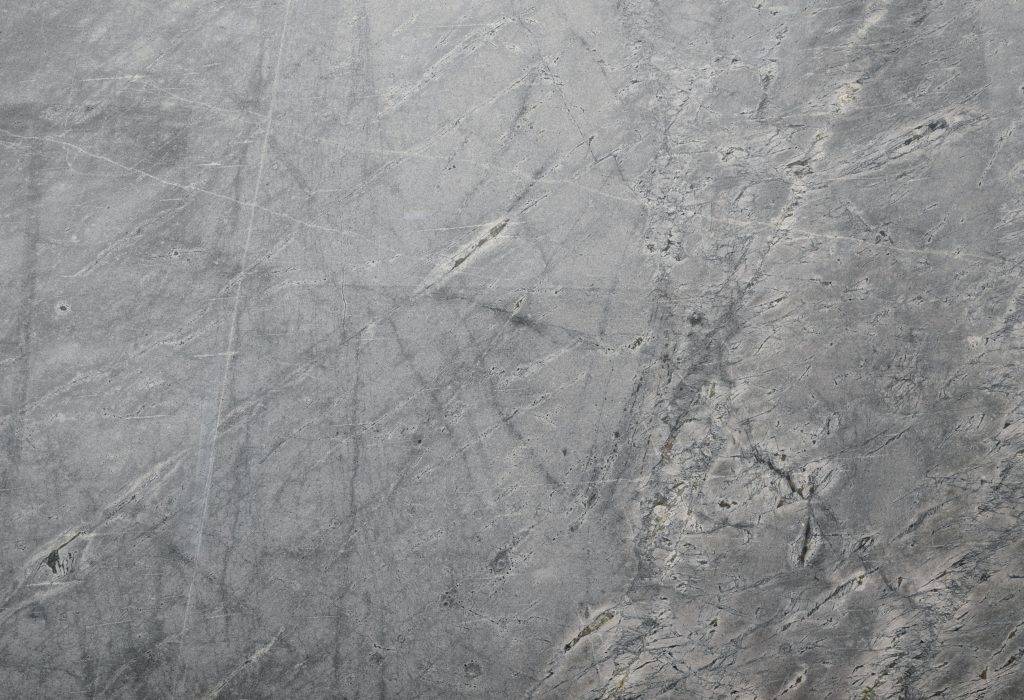
If this doesn’t remove the stain entirely, you can simply scrub using a nylon brush and some water. In a worst-case scenario, you might want to consider trying a degreaser. Just make sure to follow manufacturer instructions.
Step 4: Muriatic Acid and Trisodium Phosphate
There are some stains that will be tougher to remove than others. Instead of calling it quits and living with the stains, try to bring in a more effective cleaning agent like trisodium phosphate (TSP) or muriatic acid.
With muriatic acid, it should only be used in the most extreme of scenarios. Make sure that you wear eyewear, gloves, and a breathing apparatus if you are going to use muriatic acid. Also, be sure to read any instructions from the manufacturer for both safety and appliance questions.
Trisodium Phosphate (PSP) is also quite strong and has a track record of cutting through mildew, mold, and even grease. But it is also highly caustic and has even been banned in a few states. Even if it is legal in your state, you may want to look into other options that won’t have the same harmful impact.
Finals Tips When Cleaning Concrete
When you want to clean concrete of any kind, know the surface. With an outdoor space like a patio or walkway, you don’t necessarily need to worry about scratching or minor imperfections. In that case, a strong abrasive, a good bit of scrubbing, or a power washer will work just fine.
But if you are dealing with a more delicate surface, it would behoove you to take a little bit of caution. You can still use baking soda or white vinegar, but stay about from some of the commercial adhesives that will wear, scratch, and otherwise damage the flooring. Most of all, use preventative maintenance to stay on top of the floors, keeping them looking far better for far longer.

